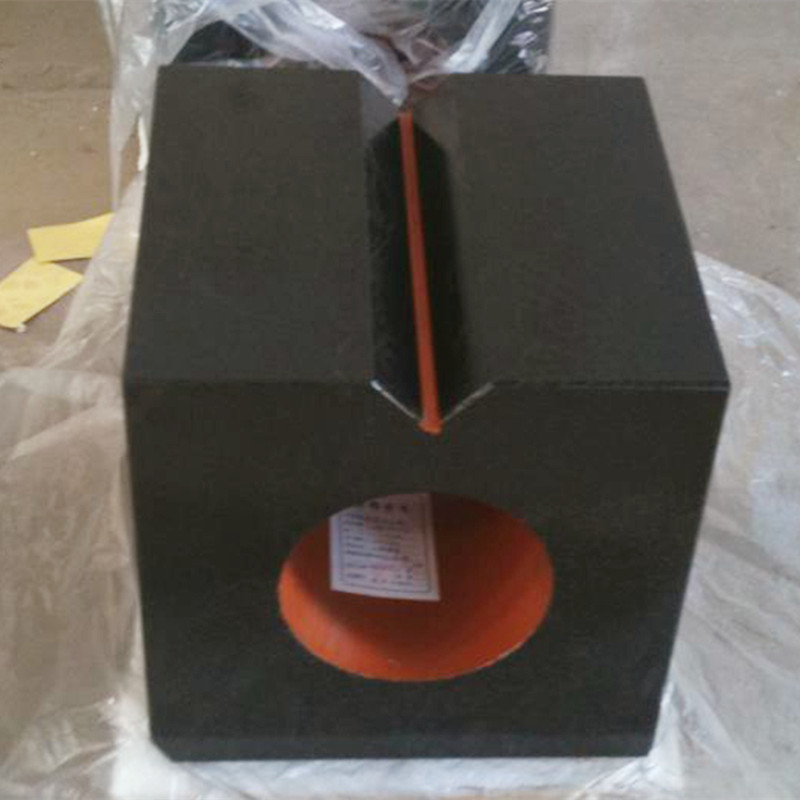Th12 . 25, 2024 04:00 Back to list
Understanding Thread Setting with Plug Gauges for Precision Measurement
Understanding Thread Setting Plug Gauges Essential Tool for Quality Control
In the world of manufacturing and engineering, precision is paramount, particularly when it comes to threaded components. Correctly measuring and ensuring the integrity of threads is essential for the functionality and safety of mechanical systems. One of the indispensable tools for achieving this precision is the thread setting plug gauge.
What is a Thread Setting Plug Gauge?
A thread setting plug gauge is a specialized tool designed to verify the accuracy of external threads. It is specifically engineered to check for parameters such as pitch, diameter, and taper, ensuring that threaded parts adhere to the specified standards. They are generally made from high-quality materials to provide durability and maintain dimensional accuracy over time. Typically, these gauges feature a male thread that mimics the specifications of the intended threading, allowing for straightforward testing of compatibility and performance.
Applications of Thread Setting Plug Gauges
Thread setting plug gauges are widely utilized across various industries where precision engineering is crucial. These include the automotive, aerospace, and machinery sectors. In automotive manufacturing, for instance, thread gauges are employed to ensure that engine components fit together correctly. Any discrepancies in threading can lead to malfunctions or failures, resulting in costly repairs or safety hazards.
Moreover, in the aerospace sector, where the smallest of tolerances can mean the difference between safety and disaster, thread gauges play an essential role in quality control. By using these gauges, manufacturers can guarantee that all threaded parts meet government and industry specifications, maintaining the highest levels of safety in aircraft operations.
Types of Thread Setting Plug Gauges
thread setting plug gage

There are two primary types of thread setting plug gauges GO gauges and NO-GO gauges. The GO gauge is used to check whether the thread has been cut within the specified limits; it should fit seamlessly onto the thread being measured. Conversely, the NO-GO gauge serves as a reference for ensuring that the thread does not exceed specified dimensions. If the NO-GO gauge fits, it indicates that the thread is out of limits and may require reworking or scrapping.
Some manufacturers produce adjustable gauges that can accommodate a range of thread sizes, making them versatile tools for production environments where multiple thread sizes are common. However, fixed gauges remain the standard in precision applications due to their reliability and accuracy.
Calibration and Maintenance
To maintain the accuracy of thread setting plug gauges, regular calibration is necessary. Calibration involves comparing the gauge’s measurements with reference standards and adjusting as needed to ensure accurate readings. This process helps detect potential wear or damage that could impair the gauge’s performance.
Moreover, proper maintenance, including cleaning and storing gauges in suitable conditions, can significantly increase their lifespan and reliability. Operators should be trained to handle these tools carefully, as improper usage can lead to inaccuracies that affect the quality of the finished product.
Conclusion
In conclusion, thread setting plug gauges are vital tools in quality control and precision engineering. By ensuring that threaded components meet required specifications, these gauges contribute significantly to the robustness and safety of various machinery and equipment. As industries continue to evolve and demand higher precision, the importance of accurate measurement tools like thread setting plug gauges will only continue to grow. Investing in quality gauges and maintaining them properly not only enhances product quality but also reinforces a manufacturer's commitment to excellence and reliability in production processes.
-
Why Metric Trapezoidal Thread is Ideal for Precision Motion ControlNewsAug.05,2025
-
The Unique Properties of a Block of Granite for Industrial UseNewsAug.05,2025
-
The Role of Flanged Y Strainers in Preventing Pipeline ClogsNewsAug.05,2025
-
The Importance of Regular Calibration for Master Ring GagesNewsAug.05,2025
-
How a Cast Iron Surface Table Enhances Accuracy in ManufacturingNewsAug.05,2025
-
Comparing Different Check Valve Types for Optimal Flow ControlNewsAug.05,2025
Related PRODUCTS









